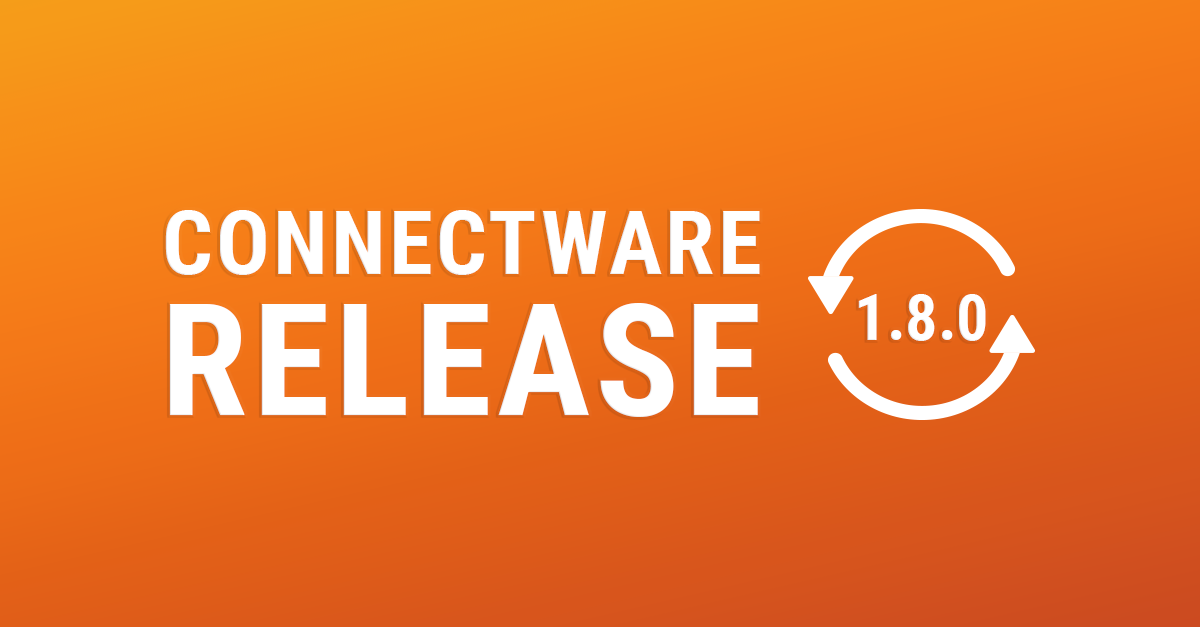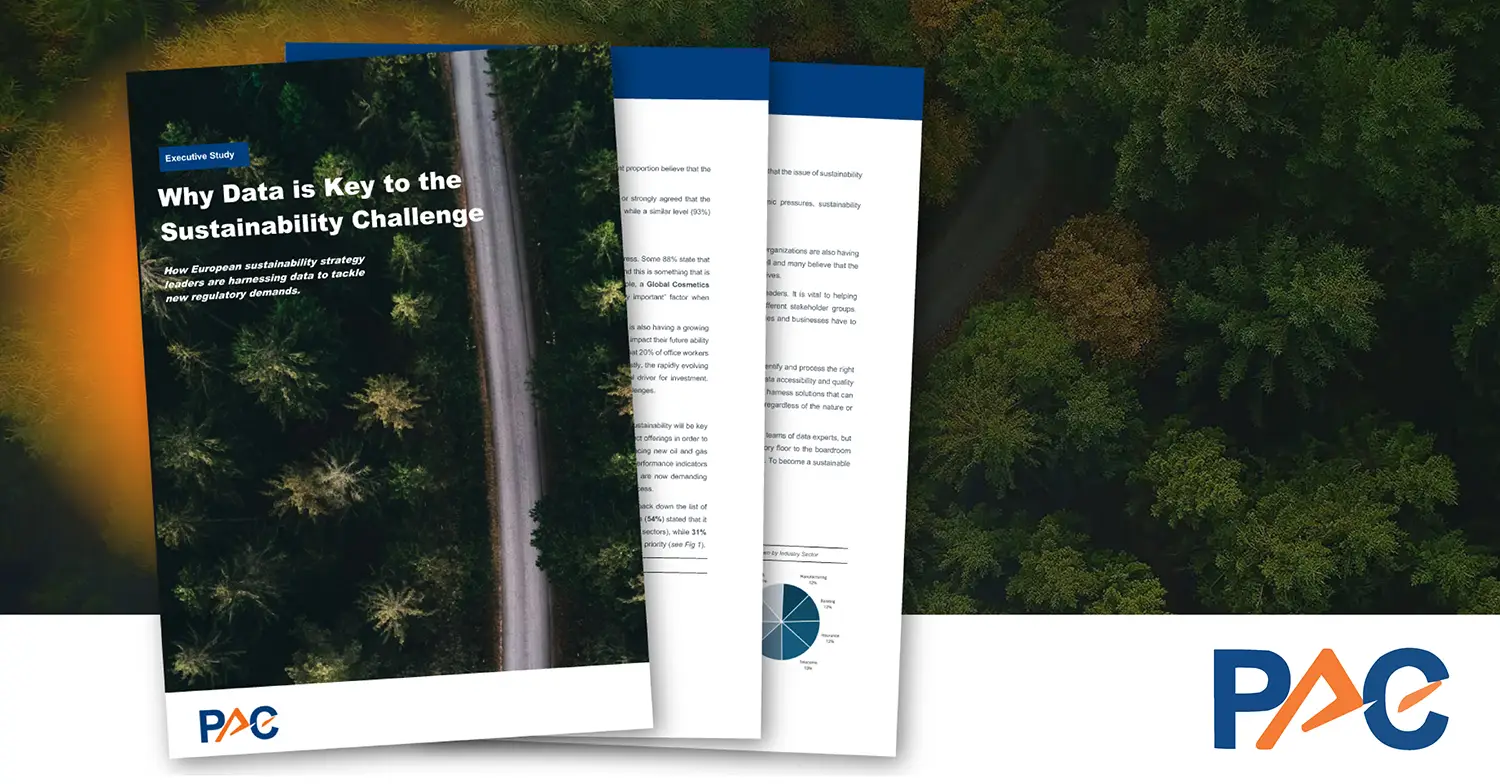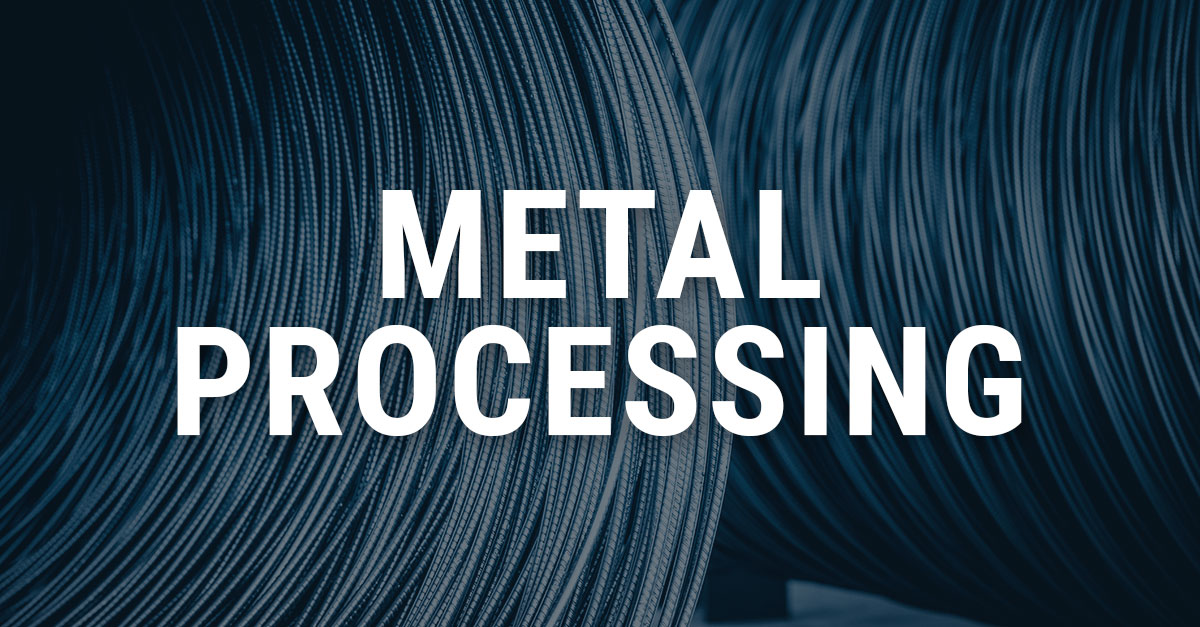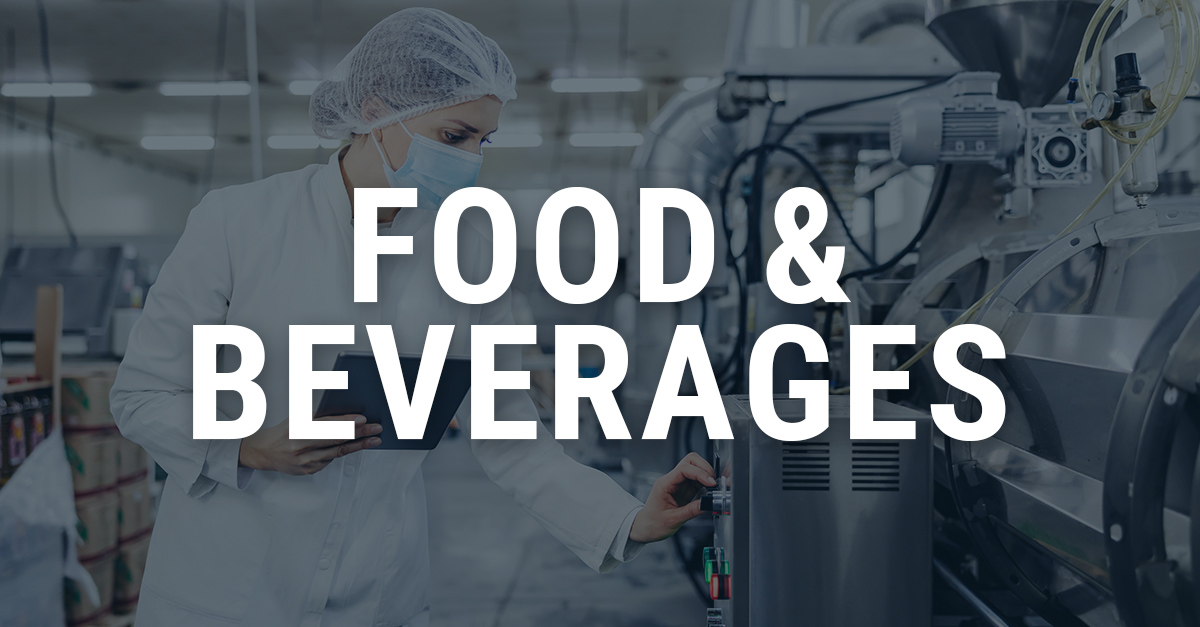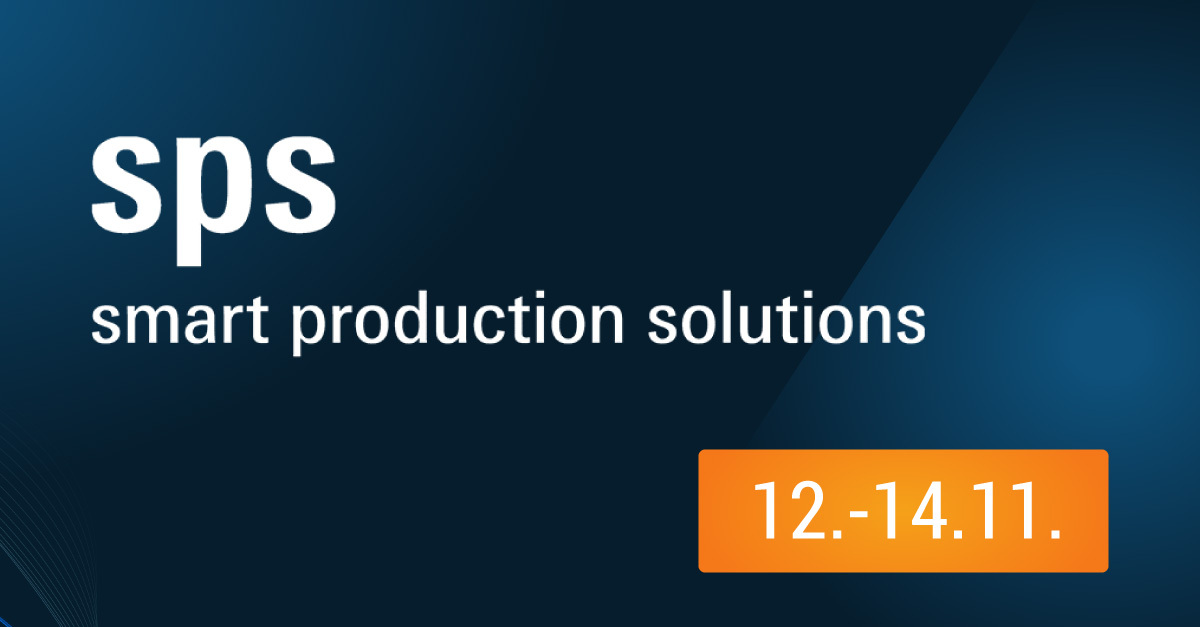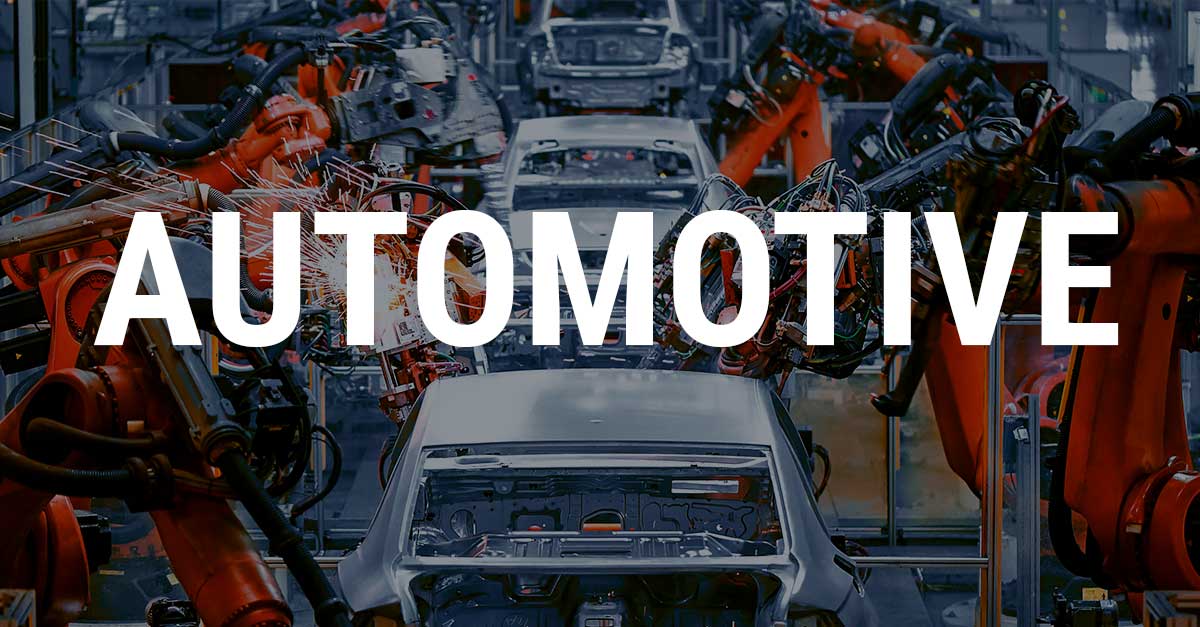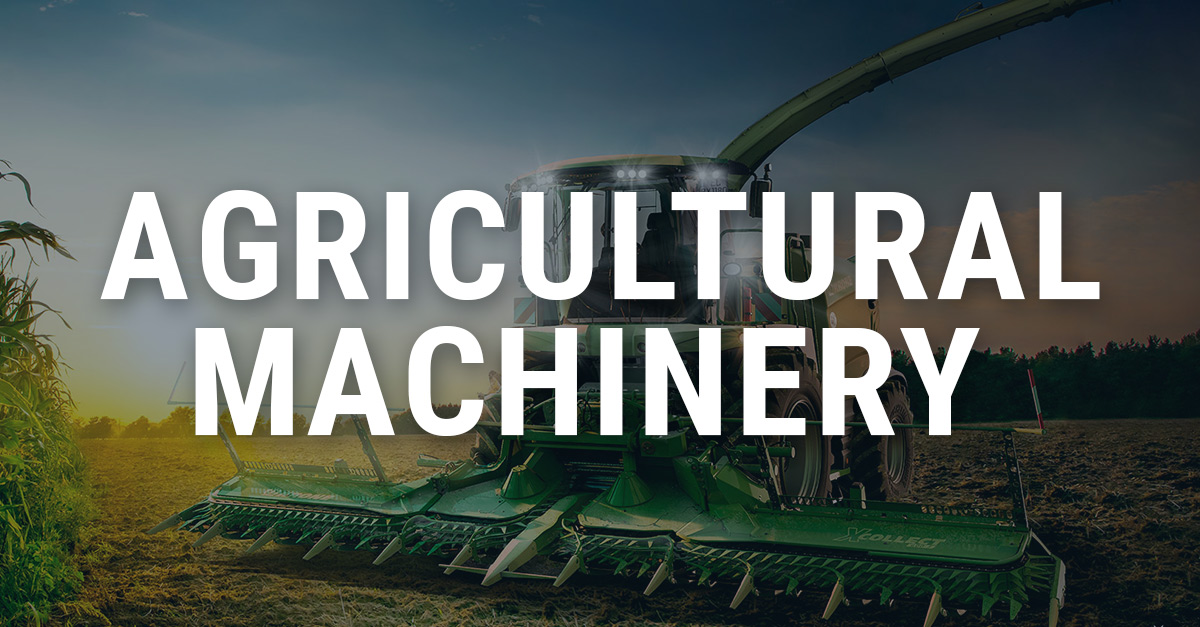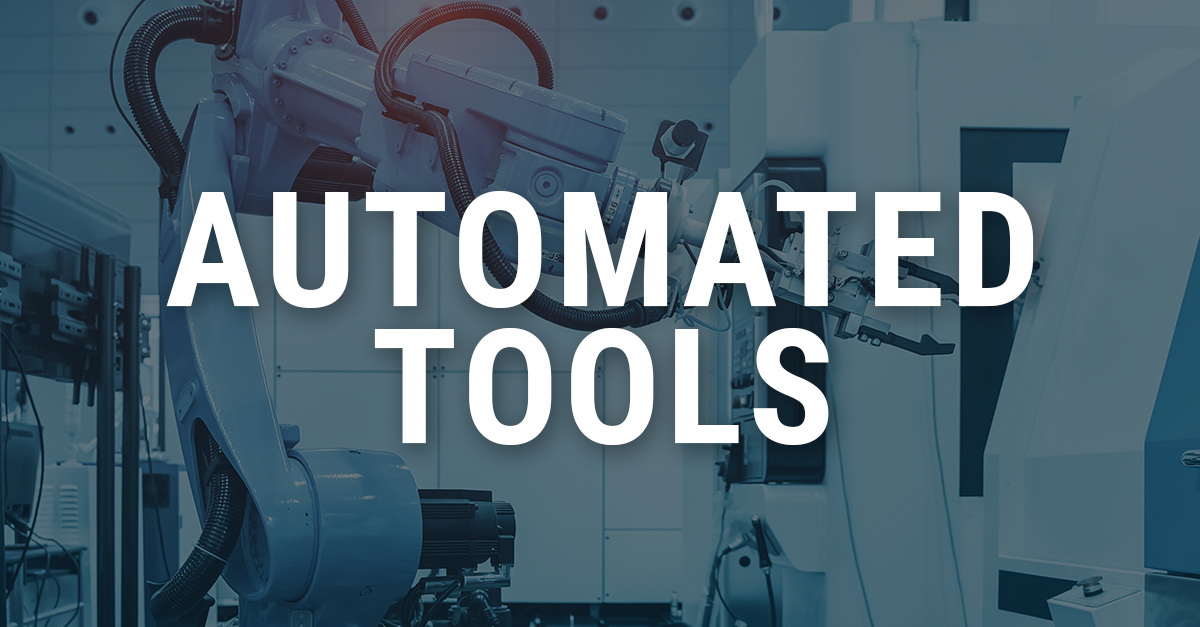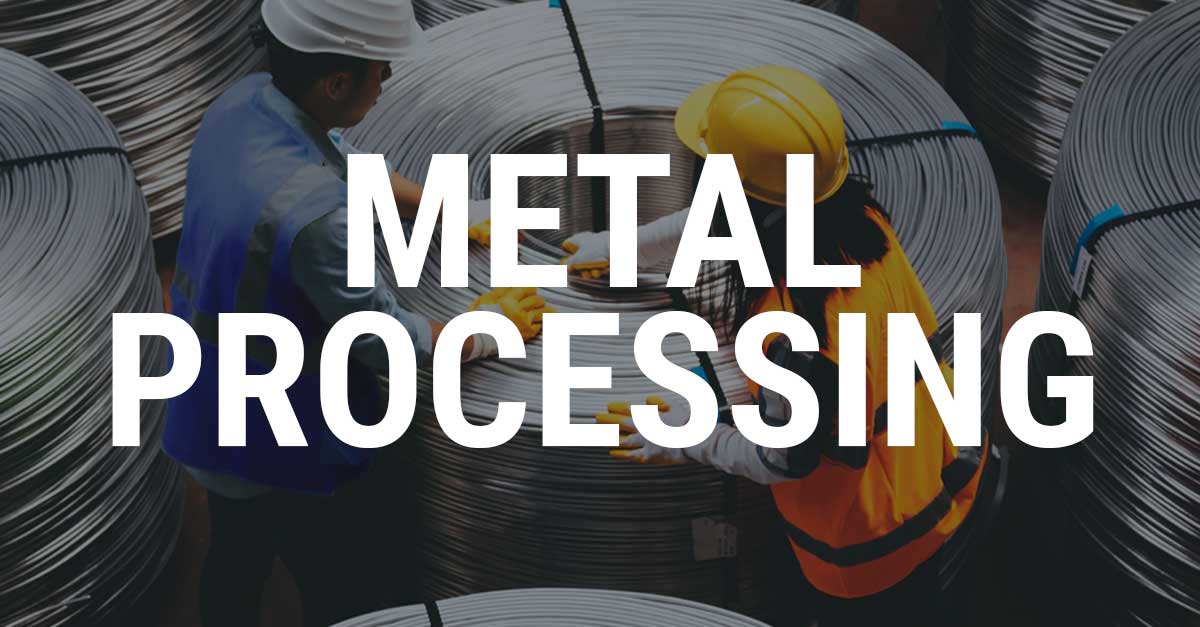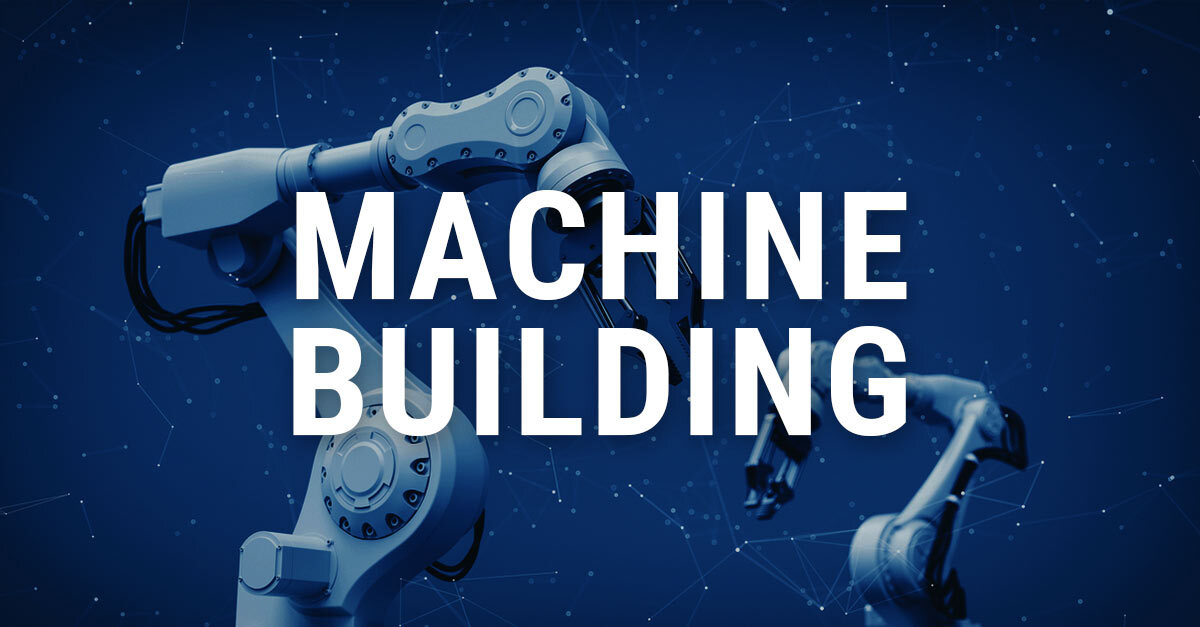Automation Pyramid
What is an Automation Pyramid?
The Automation Pyramid structures automated production entities into layers of specified tasks and corresponding IT infrastructure. The general level set separates a production site traditionally into six levels, forming a pyramid of high complexity at the bottom and sharp focus at the top. Data at lower levels is often time critical and needs to be processed directly at the edge of an IIoT installation.
In recent approaches to industry 4.0 nodes at the edge allow to flatten the Automation Pyramid by combining level 1 and level 2 (sometimes also level 0) into cyber-physical systems or smart production entities:
Process level – level 0
Production Process:
Simple sensors and actuators provide data and executing commands (e.g. sample temperature and programmatically turn on power for a fan).
Field level – level 1
Sensing and Manipulating:
Collects data and distributes commands, often using field bus and similar infrastructure (e.g. group multiple temperature data and instruct a device throttle workload).
Control level – level 2
Evaluating and Controlling:
Programmatically controls the production process by evaluating sensor data and issuing commands (e.g. analyze temperature change for rising temperature and assess counter actions to prevent damage).
Operations level – level 3
Monitoring and Supervising:
Offers a broader view through collections of datasets and at production devices. Also allowing recipe adaptions via process management systems (e.g. detect potential overheating and slow down production process for a device).
MES level – level 4
Manufacturing Operations Management:
Manages production sites through production planning, performance monitoring and quality management (e.g. inform about reduced production capacity due to temperature and reduce raw material demand).
Enterprise level – level 5
Business Planning and Logistics:
Provides general data for production planning like capacity limitations and connects order management systems and other relevant information from ERP systems (e.g. increase delivery times, prioritize fixed date orders, divert production to other plants, management may decide to install an air condition, …).
You might also be interested in
Industry news, recent news and valuable use cases
Best Practices from various industries
The success stories of our customers show how the strategic decision for a Factory Data Hub brings future-proof scalability.

